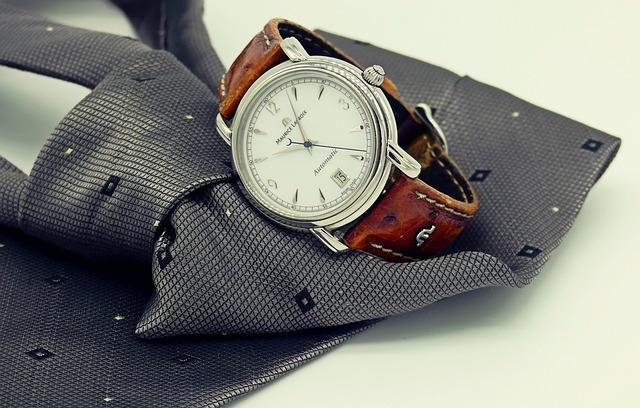From the tailored tuxedos of classic Hollywood to the daring statements gracing today’s red carpets, men’s fashion on the silver screen’s grandest stages has undergone a fascinating transformation. Once defined by rigid conventions and timeless silhouettes, red carpet style for men has evolved into a dynamic arena where tradition meets innovation. This evolution reflects broader cultural shifts, new approaches to masculinity, and designers’ ever-expanding creativity. Exploring this sartorial journey reveals not just changing trends, but the story of how men’s red carpet fashion has continually redefined elegance, boldness, and self-expression.
Table of Contents
- Men’s Red Carpet Fashion through the Decades
- Iconic Styles That Defined Each Era
- The Influence of Celebrity Icons on Red Carpet Trends
- Balancing Tradition and Innovation in Modern Men’s Wear
- Key Fabrics and Tailoring Techniques for a Polished Look
- Essential Tips for Navigating Red Carpet Dress Codes with Confidence
- Q&A
- To Wrap It Up

Men’s Red Carpet Fashion through the Decades
From the sharp tailored suits of the 1920s to the bold, statement-making ensembles of the 2020s, men’s red carpet attire has undergone a fascinating transformation. Early decades celebrated classic elegance with double-breasted jackets and polished leather shoes, while the ’70s introduced an era of velvet blazers and wider lapels, reflecting the daring spirit of the times. The ’90s marked a shift towards minimalist and sleek designs, with black tuxedos reigning supreme, only to give way to flamboyant patterns and textures in subsequent years. This evolution not only mirrors changes in fashion but also societal attitudes towards masculinity and self-expression.
Key elements such as fit, color, and fabric choice have continually redefined men’s red carpet style. Below is a brief overview highlighting some iconic features across the decades:
- 1920s-1930s: Traditional cuts, polished pocket watches, and classic bow ties.
- 1960s-1970s: Experimentation with bold colors, flared trousers, and wide lapels.
- 1980s: Excessive shoulder pads and velvet textures making a strong statement.
- 2000s: Sleek slim fits dominated, often paired with understated accessories.
- 2010s-2020s: Diverse styles, ranging from avant-garde to sustainable fashion choices.
| Decade | Signature Look | Popular Fabrics |
|---|---|---|
| 1920s | Pinstripe suits with pocket watches | Wool, silk |
| 1970s | Velvet blazers & flared pants | Velvet, polyester |
| 1990s | Minimalist tuxedos & narrow ties | Tweed, satin |
| 2010s | Tailored slim fits with bold prints | Wool blends, cotton |
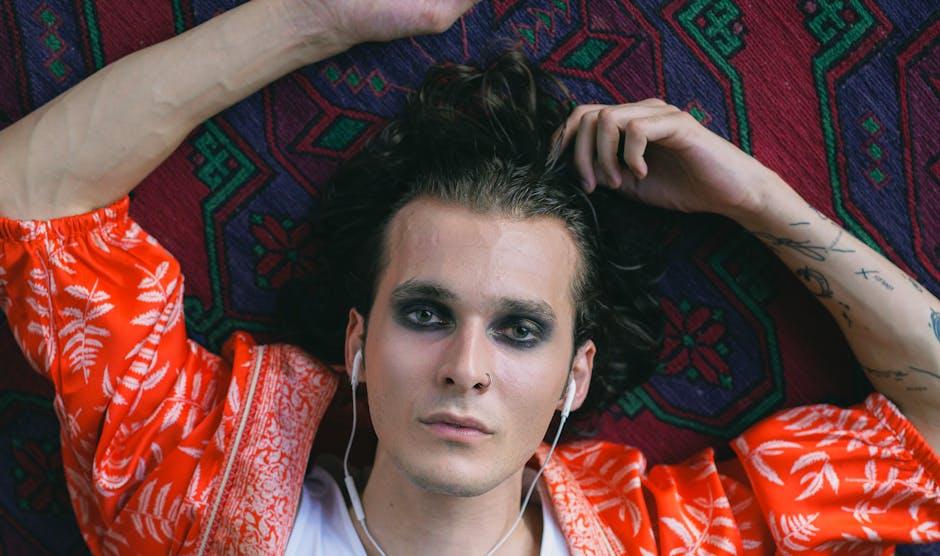
Iconic Styles That Defined Each Era
From the glittering glamour of the 1920s to today’s sleek minimalism, men’s red carpet attire has continuously mirrored cultural shifts and artistic movements. The Roaring Twenties introduced sharply tailored tuxedos with wide lapels and bold bow ties, reflecting an era of jazz and exuberance. By the 1950s, Hollywood icons popularized the classic black tie look, where clean-cut suits and slimmer cuts exuded timeless elegance. Fast forward to the 1970s, and experimentation took center stage with velvet blazers, flared pants, and vibrant colors, symbolizing a break from convention and a celebration of individuality.
Modern red carpet styles blend tradition with innovation, embracing fitted silhouettes, textural contrasts, and daring fashion statements such as patterned suits, metallic finishes, and statement accessories. The evolving trends can be neatly summarized:
- 1920s: Wide lapels, bow ties, and double-breasted tuxedos
- 1950s: Slim fits, black ties, and clean lines
- 1970s: Velvet, bold colors, and flared trousers
- 2000s: Minimalist designs with sharp tailoring
- 2020s: Mixing classic and bold experimental elements
| Era | Key Feature | Famous Icon |
|---|---|---|
| 1920s | Double-breasted tuxedos | Rudolph Valentino |
| 1950s | Slim black tuxedos | Frank Sinatra |
| 1970s | Colorful velvet suits | Mick Jagger |
| 2000s | Minimalist tailoring | David Beckham |
| 2020s | Bold patterns & textures | Timothée Chalamet |

The Influence of Celebrity Icons on Red Carpet Trends
Celebrity icons have long served as the ultimate arbiters of style on the red carpet, blending innovation with timeless elegance. Their sartorial choices ripple through fashion circles and quickly morph into must-have trends for men worldwide. From bold color palettes to unexpected fabric pairings, these icons challenge traditional norms, inspiring designers and audiences alike to embrace fresh aesthetics. Their ability to balance classic tailoring with daring elements has transformed the red carpet into a dynamic stage where personality shines through every stitch.
- Trailblazing outerwear: Statement coats and embellished jackets
- Accessorizing reinvention: Incorporation of jewelry and unconventional ties
- Fabric experimentation: Velvet, silk blends, and metallic finishes
- Footwear evolution: Sleek boots and standout sneakers crossing into formalwear
| Celebrity | Iconic Trend | Impact |
|---|---|---|
| Harry Styles | Gender-fluid suits | Redefined masculinity on the red carpet |
| Timothée Chalamet | Bold prints & vibrant colors | Boosted acceptance of playful menswear |
| David Beckham | Classic meets modern tailoring | Maintained timeless appeal with a twist |
These influencers don’t just wear trends—they create them, setting new standards for sophistication and individuality. Their fearless embrace of innovation encourages men across the globe to explore a greater spectrum of style possibilities, ensuring the red carpet remains a vibrant laboratory of fashion evolution.
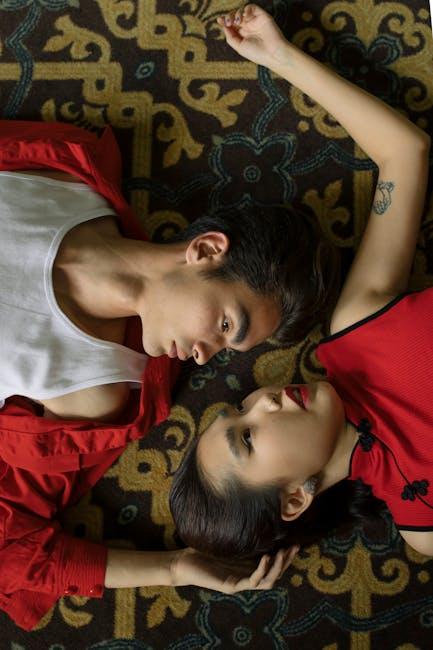
Balancing Tradition and Innovation in Modern Men’s Wear
Striking the perfect harmony between heritage and modernity is no small feat in men’s fashion, especially on the red carpet where every detail matters. Designers today are adept at weaving classic tailoring with cutting-edge materials and unexpected silhouettes. This blend not only respects the timeless elegance of traditional menswear but also injects a fresh perspective that resonates with contemporary audiences. Key elements that define this balance include:
- Innovative fabrics: from sustainable blends to tech-enhanced textiles
- Classic cuts: maintaining the clean lines of tuxedos and suits
- Modern accents: think unexpected colors, textured layering, and asymmetrical designs
- Personalized details: bespoke embroidery and subtle, meaningful patterns
The table below illustrates how designers cleverly juxtapose traditional and modern features to create eye-catching red carpet ensembles:
| Traditional Aspect | Modern Twist |
|---|---|
| Black satin lapels | Matte, textured fabrics |
| Classic bow ties | Bold, oversized neckwear |
| Monochrome palette | Vivacious jewel tones |
| Single-breasted suits | Layered or asymmetrical jackets |
This dynamic interaction between old and new not only redefines red carpet standards but also sets the stage for the next era of men’s style—where respect for tradition is matched by the courage to innovate. The result is a captivating sartorial narrative that continues to inspire fashion-forward men worldwide.
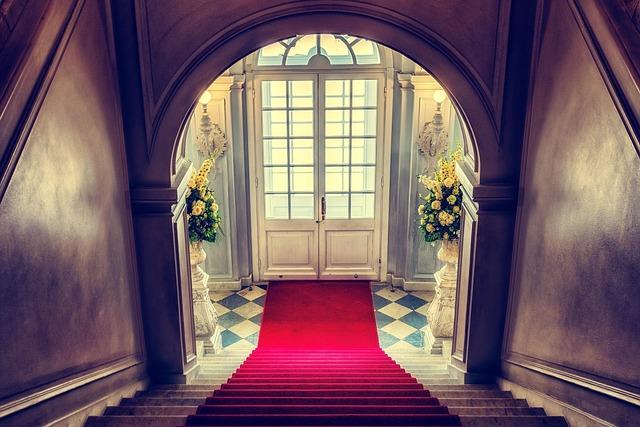
Key Fabrics and Tailoring Techniques for a Polished Look
When curating a refined red carpet ensemble, the choice of fabric transcends mere aesthetics, playing a pivotal role in both texture and drape. Luxurious materials such as velvet and silk blends exude sophistication and depth, while fine wool remains a timeless staple for structure and breathability. Designers have increasingly embraced experimental fabrics like technical twills and innovative jacquards, lending a contemporary edge without compromising elegance. These textiles, combined with expert tailoring, ensure the silhouette commands attention under the limelight.
Masterful tailoring techniques, from sharply sculpted shoulders to precisely tapered waists, craft a look of meticulous elegance. Seam details—such as pick stitching and functional buttonholes—are no longer mere finishing touches but statements of craftsmanship. The marriage of traditional methods like hand-basting with modern innovations such as laser-cut patterns fosters garments that are both immaculate and wearable. Below is a glance at techniques that have defined red carpet refinement:
| Technique | Purpose | Signature Effect |
|---|---|---|
| Canvas Interfacing | Shape retention | Structured lapels |
| Hand-Picking Stitch | Durability and detail | Visible artisanal finish |
| Laser Cutting | Precision and pattern | Clean, sharp edges |
| Underpadding | Soft contouring | Dimensional silhouette |
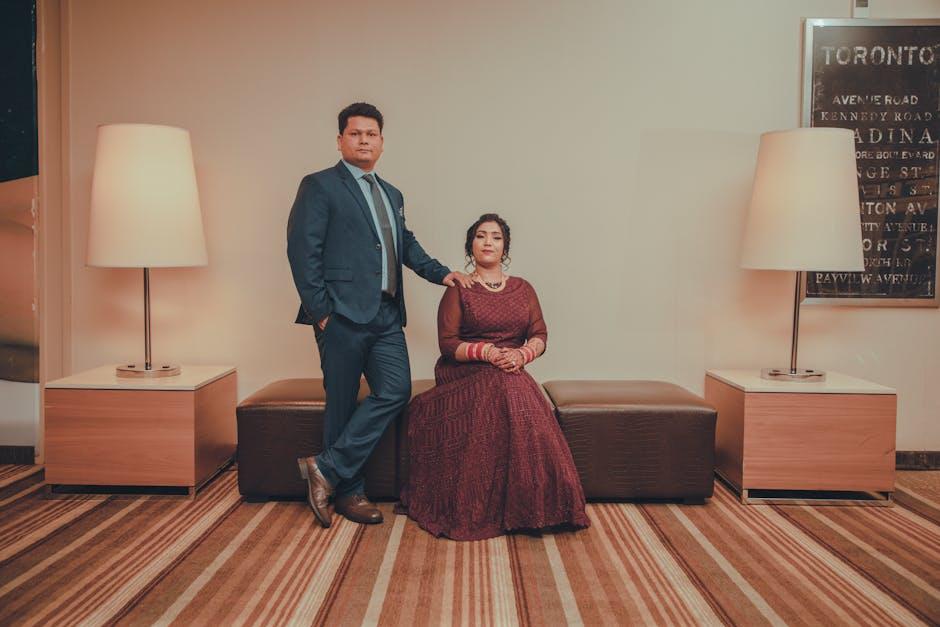
Essential Tips for Navigating Red Carpet Dress Codes with Confidence
Mastering red carpet fashion starts with understanding the dress code’s subtle cues. From black tie to creative formal, each invites a particular level of elegance and personal flair. A classic tuxedo remains timeless, yet adding a modern twist—like a velvet blazer or patterned bow tie—can elevate your look without straying from protocol. Remember, fit is king; a tailored suit transforms your entire appearance, instantly boosting confidence as you step onto the spotlight.
Keep these essentials in mind to navigate any dress code smoothly:
- Know the event vibe: Research the occasion to choose between formal or avant-garde styles.
- Focus on accessories: Statement watches, pocket squares, and cufflinks add personality.
- Footwear matters: Polished leather shoes or stylish loafers complete your ensemble.
| Dress Code | Recommended Attire | Key Tip |
|---|---|---|
| Black Tie | Classic Tuxedo & Bow Tie | Prioritize fit & subtle details |
| Creative Formal | Colorful Blazers & Unique Accessories | Balance bold choices with tradition |
| White Tie | Tailcoat & White Bow Tie | Adhere strictly to formal rules |
Q&A
Q&A: Men’s Red Carpet Fashion Evolution
Q1: How has men’s red carpet fashion changed over the decades?
A1: Men’s red carpet fashion has undergone a striking transformation from rigid formality to innovative expression. In earlier decades, the emphasis was on classic tuxedos and uniformity—black tux followed by white shirts and bow ties. Over time, designers and celebrities began to experiment with colors, patterns, and silhouettes, breaking away from tradition while maintaining elegance.
Q2: What were the defining styles of men’s red carpet looks in the mid-20th century?
A2: The mid-20th century was dominated by the golden age of Hollywood glamour. Think Cary Grant and Humphrey Bogart: tailored tuxedos, polished shoes, and a subtle, timeless sophistication. Minimal embellishments and neutral tones characterized this period, presenting men as icons of understated style and refinement.
Q3: When did men start taking more fashion risks on the red carpet?
A3: The shift began in the late 20th century and gained momentum in the 2000s. Influences from pop culture, music, and emerging designers encouraged male stars to experiment with bold colors, unconventional fits, and avant-garde accessories. Figures like David Bowie and later, Harry Styles, paved the way, challenging norms and introducing gender-fluid and eclectic fashion choices.
Q4: How important is tailoring in modern men’s red carpet attire?
A4: Tailoring remains the cornerstone of standout red carpet fashion. Even the most avant-garde designs rely on impeccable fits to look polished and intentional. Modern menswear balances creative freedom with sharp tailoring to ensure clothes enhance—and don’t overpower—the wearer’s silhouette.
Q5: What role do fashion designers play in shaping men’s red carpet trends today?
A5: Designers are pivotal in driving evolution and innovation. They collaborate closely with stylists and celebrities to craft looks that blend tradition with contemporary art. Designers often push boundaries by incorporating unexpected fabrics, bold cuts, and cultural motifs, thus continuously redefining what red carpet fashion means for men.
Q6: Are there any standout moments or iconic outfits that symbolize this evolution?
A6: Absolutely. From Billy Porter’s tuxedo gown hybrid to Timothée Chalamet’s unconventional suit choices, these moments disrupt conventions and generate dialogue about masculinity and fashion. Such outfits represent milestones where fashion transcends the expected, inviting audiences to reconsider what men’s red carpet style can embrace.
Q7: How do men’s red carpet fashions reflect broader societal changes?
A7: Men’s red carpet fashions mirror shifts in gender norms, self-expression, and cultural acceptance. As society moves toward inclusivity and challenges traditional masculinity, red carpet looks become platforms for dialogue. They highlight diversity, celebrate individuality, and often serve as subtle (or bold) political and social statements.
Q8: What trends can we expect to see in the future of men’s red carpet fashion?
A8: The future promises an even greater blend of gender fluidity, sustainability, and personalization. Expect to see eco-conscious fabrics, vintage revivals with a modern twist, and further dismantling of color and style codes. Ultimately, men’s red carpet fashion will continue to be a dynamic canvas for innovation and cultural reflection.
To Wrap It Up
From classic tuxedos to daring modern silhouettes, the journey of men’s red carpet fashion tells a story of bold expression and evolving elegance. As style continues to push boundaries, one thing remains certain: the red carpet will always be a stage where tradition meets innovation, and where men’s fashion keeps redefining what it means to make a statement. In this ever-changing landscape, the evolution is far from over—after all, every well-tailored suit and unexpected accessory adds a new chapter to this ongoing sartorial saga.

